first of let us start off with what social media is – Social media is a collection of online platforms and applications that allow users to create, share, and interact with content and other people in virtual communities
The way everyone perceives themselves online ISNT the same as they are in real life let’s use me as an example, here’s my Instagram vs my finsta, TikTok vs youtube, linkedin vs twitter:
You can tell the difference in how I portray myself on my social media pages, I’m being myself (on TikTok, Twitter and my finsta) and on some, I’m serious(linkedin and YouTube)like how I am when I’m networking a just around new people – you can see from even the little differences, my bios, my highlights and even my profile pictures!
In today’s digital world, identity is less of a fixed state and more of a curated portfolio. We’re constantly tweaking, posting, editing, and reposting to present the best (or the quirkiest) versions of ourselves online. Each post and profile tweak is part of a new ritual in “constructing” identity – a concept that Erving Goffman explored back in the pre-digital days of the 1950s. Goffman, a sociologist, compared life to the theatre in his work The Presentation of Self in Everyday Life. He argued that we’re all actors on a stage, carefully crafting our “performances” based on social expectations. If Goffman were alive today, he’d probably have a lot to say about our Instagram feeds and LinkedIn profiles!
In the online world, we play out our identities on digital “stages” in front of audiences – friends, family, colleagues, and random strangers. And, just like Goffman suggested, we tailor these performances for each group. For example, we may emphasise our achievements and professional skills on LinkedIn, showcasing our severe and ambitious side. Meanwhile, our Instagram might highlight our creative side or the “fun” parts of life, leaving out the rougher edges. It’s like switching costumes between scenes, keeping the audience (and sometimes ourselves) guessing.
But unlike a physical stage, the internet allows us to control our perception. We can delete a post that doesn’t get enough likes, add filters to improve our selfies, and fine-tune our captions to project just the right level of authenticity. Ironically, in our quest to be “authentic,” we edit ourselves into curated, clickable versions of who we are.
The funny part? This identity-building can turn into an endless loop. We keep reinventing ourselves, seeking likes and follows as validation. We’ve gone from “I think, therefore I am” to “I post, therefore I am.” And while Goffman might shake his head at the filtered versions of our digital selves, he’d probably also acknowledge that, in this online theatre, our “self” is as flexible and vibrant as ever, even if a bit staged!
‧₊˚✧Hope you enjoyed reading ✧˚₊‧

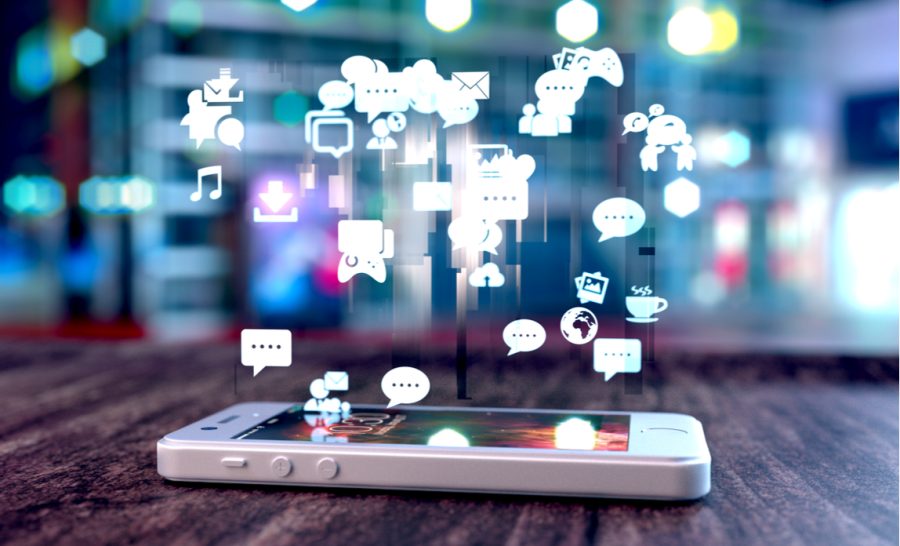
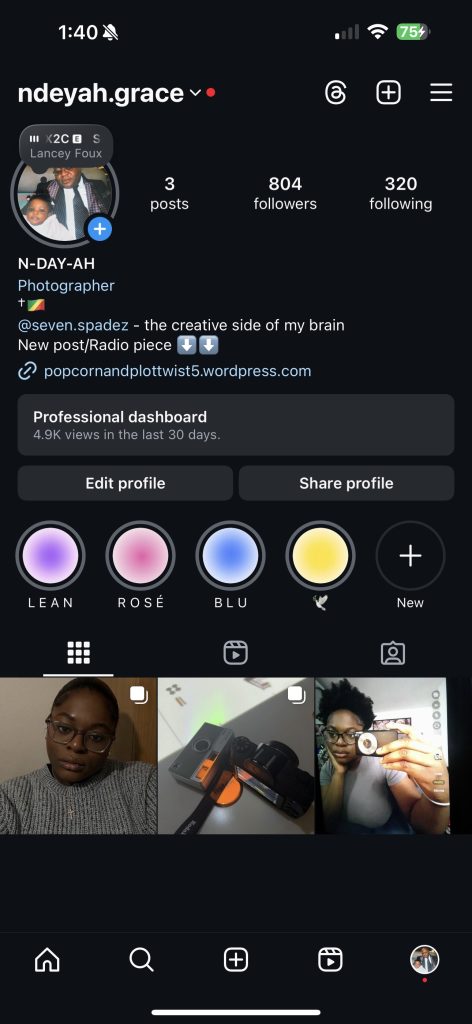
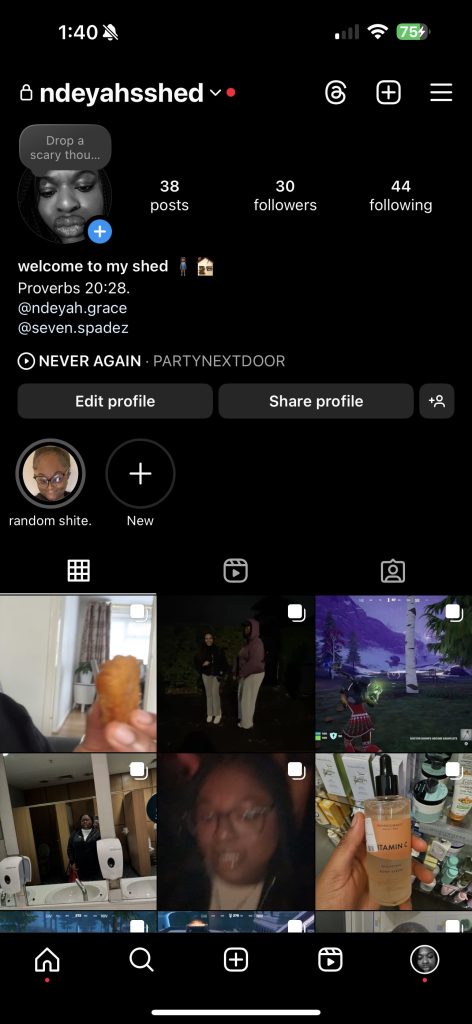
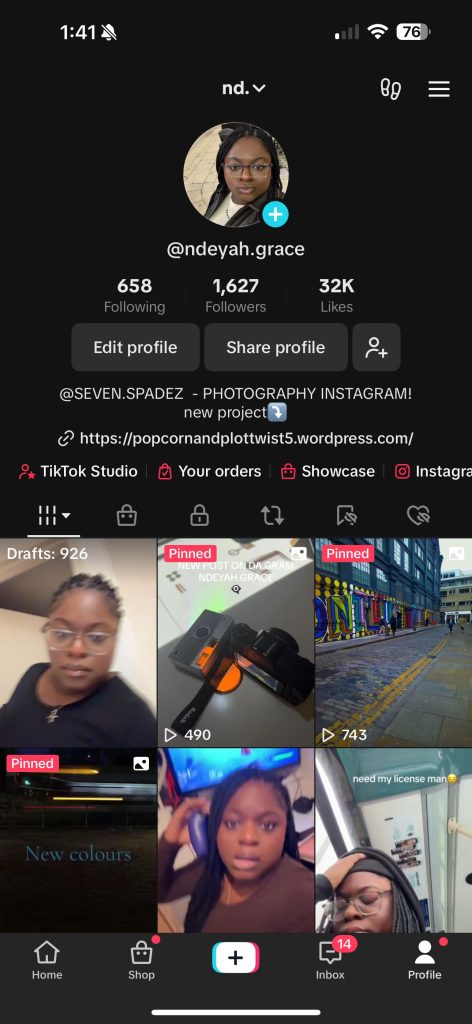
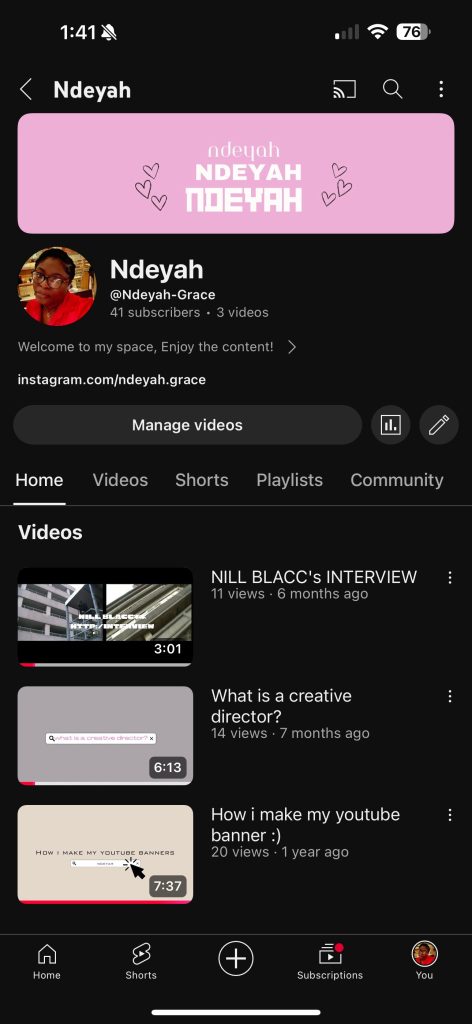
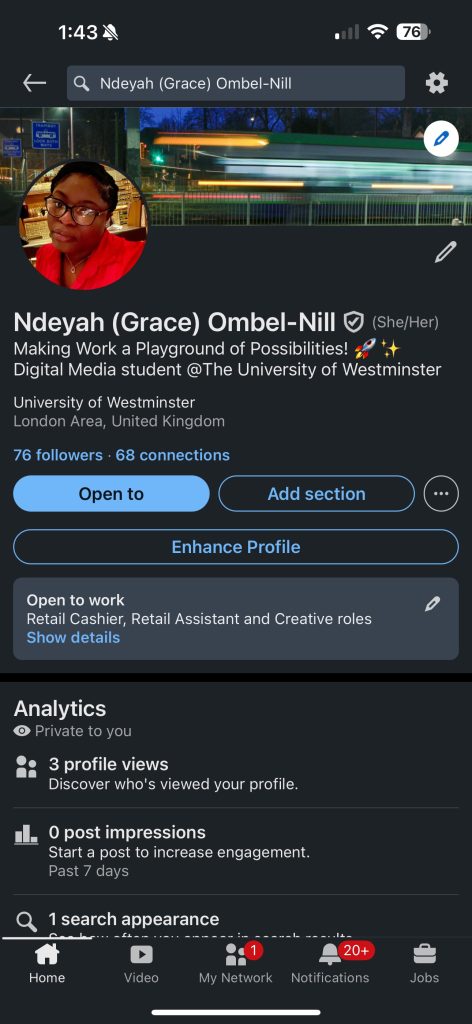
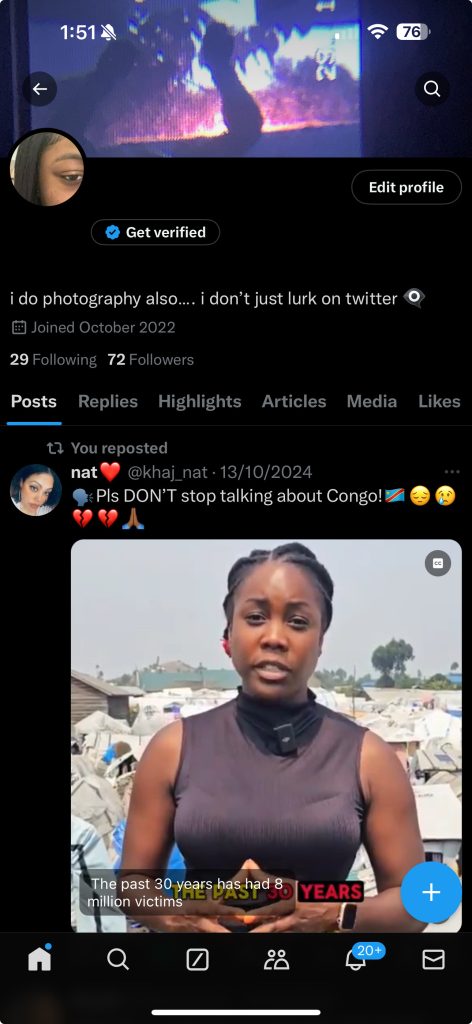
I loved that you gave examples for your own social media presence. It really helps to illustrate how identity isn’t fixed but shaped by the platform and audience you’re engaging with. One thing that might be interesting to develop on is the psychological impact of constantly curating our online identities and how it could lead to us losing our “real selves”.
Really interesting read! I loved how you showed the way digital identities vary across platforms. It’s so true that we present different sides of ourselves depending on where we are online.